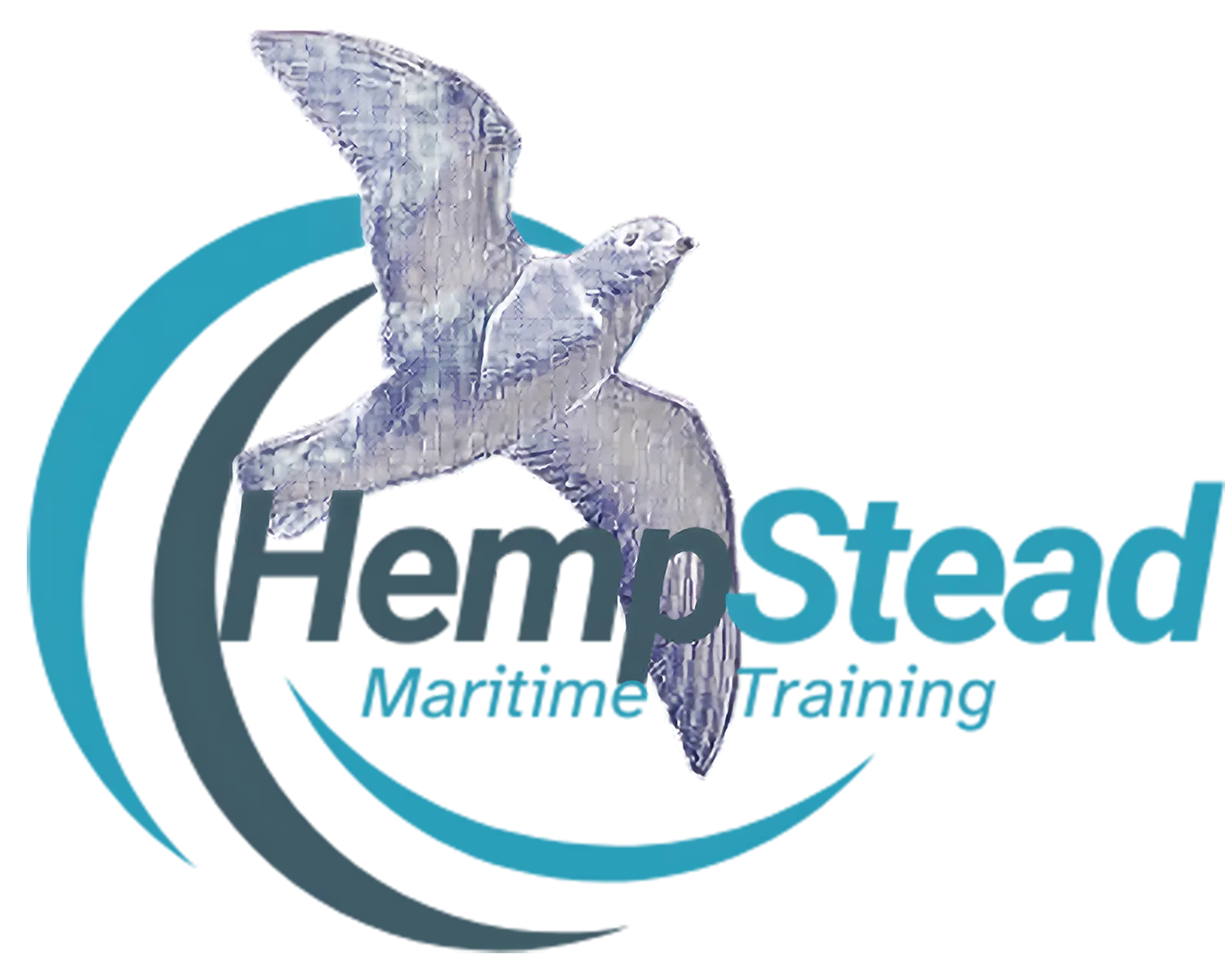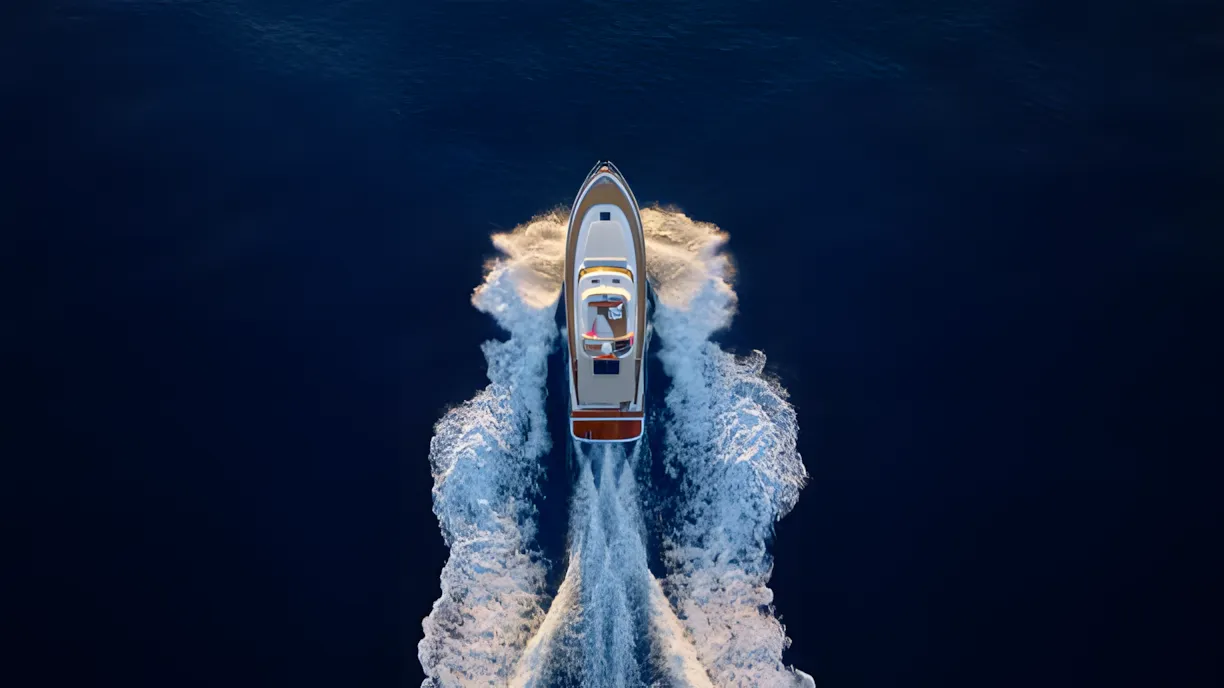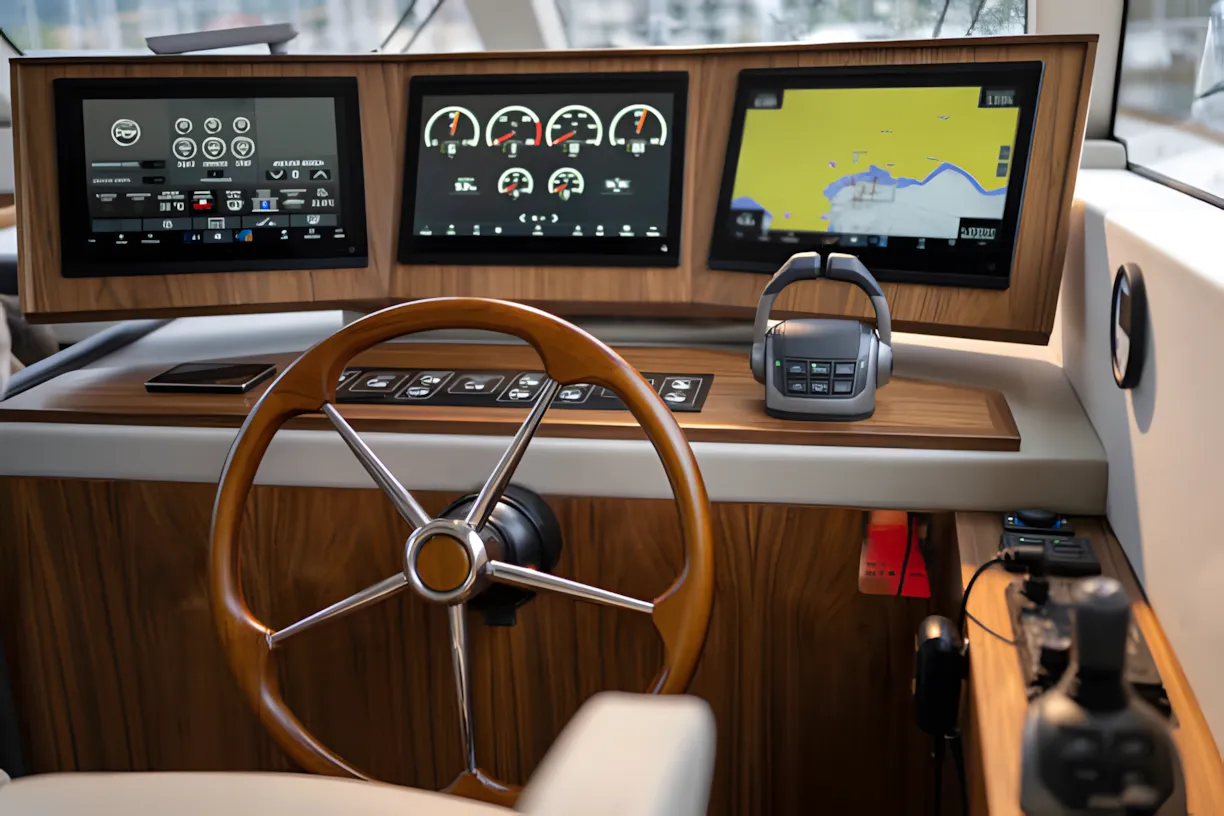Mastering Maritime Navigation: Essential Techniques and Tools
Navigating the open seas requires a blend of skill, knowledge, and the right tools. The vastness and unpredictability of the ocean present unique challenges that can test even the most seasoned mariners. Whether you're an experienced mariner with countless voyages under your belt or a beginner embarking on your first journey, mastering navigation is essential for safety and efficiency. The ability to plot a precise course, avoid hazards, and adapt to changing conditions is crucial for any successful voyage. At Hempstead Maritime Training, we emphasize the importance of navigation maritime techniques and the use of advanced tools to ensure you can confidently and accurately traverse the waters. Our training programs are designed to equip you with both the theoretical knowledge and practical skills needed to navigate the seas with confidence.
In this guide, we will explore essential navigation techniques and tools that every mariner should know. We will delve into both traditional methods, which have stood the test of time, and modern technologies that have revolutionized maritime navigation. Understanding and integrating these techniques and tools will enhance your ability to navigate safely and efficiently, regardless of the conditions you may encounter.
Understanding Maritime Navigation
Understanding Maritime Navigation
Maritime navigation involves the process of planning and controlling the movement of a vessel from one place to another. This complex task requires a deep understanding of nautical charts, the ability to interpret various navigational aids, and proficiency in using both traditional and modern tools. Effective navigation ensures that a vessel follows a safe and efficient route, avoiding potential hazards such as shallow waters, underwater obstructions, and other vessels. It also involves constant monitoring and adjustments to the course based on real-time conditions and information.
Navigators must be adept at reading and interpreting a wide range of navigational information, from the symbols and depths marked on nautical charts to the data provided by electronic systems. They must also be able to perform precise calculations to determine positions, plot courses, and estimate arrival times. This combination of analytical skills and practical knowledge is crucial for maintaining the safety and efficiency of any maritime operation.
By mastering the principles and techniques of maritime navigation, you can ensure that your voyages are not only successful but also safe. At Hempstead Maritime Training, we are committed to providing comprehensive training that covers all aspects of navigation, from the fundamentals to advanced techniques. Whether you are navigating through familiar coastal waters or venturing into the open ocean, our training will give you the confidence and competence to handle any navigational challenge.Accurate navigation is vital for several reasons:
Accurate navigation is vital for several reasons:
- Safety: Prevents collisions and groundings by ensuring the vessel stays on a safe course.
- Efficiency: Optimizes travel routes, saving time and fuel.
- Compliance: Ensures adherence to international maritime laws and regulations.
Traditional Navigation Techniques
Dead Reckoning
- Definition: Dead reckoning involves estimating the current position of the vessel based on a previously determined position, taking into account the course, speed, time, and distance traveled.
- Process: To practice dead reckoning, plot your last known position on the nautical chart, draw a line in the direction of your heading, and measure the distance traveled to estimate your current position.
- Limitations: While useful, dead reckoning is subject to cumulative errors over time and should be supplemented with other methods.
Celestial Navigation
- Definition: Celestial navigation uses the positions of celestial bodies—such as the sun, moon, stars, and planets—to determine the vessel’s position.
- Tools: A sextant, chronometer, and nautical almanac are essential tools for celestial navigation.
- Process: Measure the angle between a celestial body and the horizon using a sextant, note the exact time of the measurement, and use the nautical almanac and mathematical calculations to determine your position.
Pilotage
- Definition: Pilotage involves navigating in coastal waters using visible landmarks, aids to navigation, and soundings.
- Process: Identify prominent landmarks or navigational aids on the nautical chart and correlate them with visual observations to determine your position.
- Application: Pilotage is especially useful in crowded or narrow waterways where precise navigation is critical.
Modern Navigation Tools
Global Positioning System (GPS)
- Function: GPS provides real-time, accurate location data using signals from satellites.
- Advantages: Highly accurate, easy to use, and provides continuous positioning information.
- Usage: Most modern vessels are equipped with GPS receivers integrated into their navigation systems.
Electronic Chart Display and Information System (ECDIS)
- Function: ECDIS is an advanced navigation system that displays real-time electronic charts and integrates data from various navigational sensors.
- Advantages: Enhances situational awareness, allows for automatic route planning and monitoring, and reduces the risk of human error.
- Compliance: Many international regulations require commercial vessels to use ECDIS for navigation.
Radar
- Function: Radar uses radio waves to detect objects and provide information about their distance, direction, and speed.
- Advantages: Useful for detecting other vessels, landmasses, and navigational aids, especially in poor visibility conditions.
- Usage: Modern radar systems are often integrated with other navigational tools for enhanced situational awareness.
Automatic Identification System (AIS)
- Function: AIS transmits and receives information about the vessel’s identity, position, course, and speed to and from other vessels and shore stations.
- Advantages: Improves collision avoidance, enhances traffic management, and provides valuable information for search and rescue operations.
- Compliance: AIS is mandatory for most commercial vessels and is increasingly used by recreational mariners.
Regular Training and Drills
- Importance: Continuous training ensures that mariners stay proficient in using both traditional and modern navigation techniques and tools.
- Practice: Regularly practice dead reckoning, celestial navigation, and pilotage to maintain proficiency. Conduct drills to simulate real-life navigation scenarios.
Updating Nautical Charts and Publications
- Requirement: Always use the most up-to-date nautical charts and publications to ensure accuracy.
- Resources: Utilize resources such as Notices to Mariners and online chart updating services to keep your charts current.
Integrating Multiple Navigation Methods
- Strategy: Relying on a single method of navigation can be risky. Integrate multiple methods and tools to cross-check and verify your position.
- Application: Use GPS and ECDIS as primary tools while supplementing with traditional techniques like dead reckoning and celestial navigation.
Maintaining Situational Awareness
- Focus: Always be aware of your surroundings, including weather conditions, traffic, and navigational hazards.
- Tools: Utilize radar, AIS, and visual observations to maintain a comprehensive understanding of your environment.
Effective Communication
- Coordination: Communicate clearly with your crew and other vessels to ensure coordinated and safe navigation.
- Protocols: Follow standard communication protocols and use VHF radio to exchange vital information with other mariners and shore stations.
Common Challenges in Maritime Navigation
Adverse Weather Conditions
- Impact: Rough seas, high winds, and poor visibility can complicate navigation.
- Preparation: Monitor weather forecasts, plan routes accordingly, and use radar and AIS to navigate safely.
Equipment Malfunctions
- Risk: Reliance on electronic navigation tools means that malfunctions can pose significant risks.
- Solution: Regularly maintain and inspect all navigational equipment. Have backup systems and be prepared to use traditional methods if necessary.
Human Error
- Cause: Fatigue, distraction, and lack of experience can lead to mistakes in navigation.
- Mitigation: Implement best practices for rest, maintain vigilance, and ensure all crew members are adequately trained.
Enhancing Navigation Skills with Hempstead Maritime Training
At Hempstead Maritime Training, we offer comprehensive courses designed to enhance your navigation skills. Our programs cover both traditional and modern navigation techniques, ensuring you are well-prepared for any situation. Our experienced instructors provide hands-on training with the latest navigational tools and technologies, giving you the confidence to navigate safely and efficiently.
Course Highlights:
Basic and Advanced Navigation: Learn the fundamentals and advanced techniques of maritime navigation, including dead reckoning, celestial navigation, and pilotage.
Electronic Navigation Systems: Gain proficiency in using GPS, ECDIS, radar, and AIS for real-time navigation.
Simulation Training: Practice navigation in realistic, simulated environments to prepare for real-world scenarios.
Emergency Navigation: Learn how to navigate effectively in emergency situations using both traditional and modern tools.
Investing in your navigation skills is crucial for ensuring safety and efficiency at sea. Whether you’re a professional mariner or a recreational sailor, our training programs provide the knowledge and confidence you need to navigate the waters with precision.
For more information on our courses and training programs, visit Hempstead Maritime Training. Enhance your navigation skills, stay safe, and sail with confidence.



